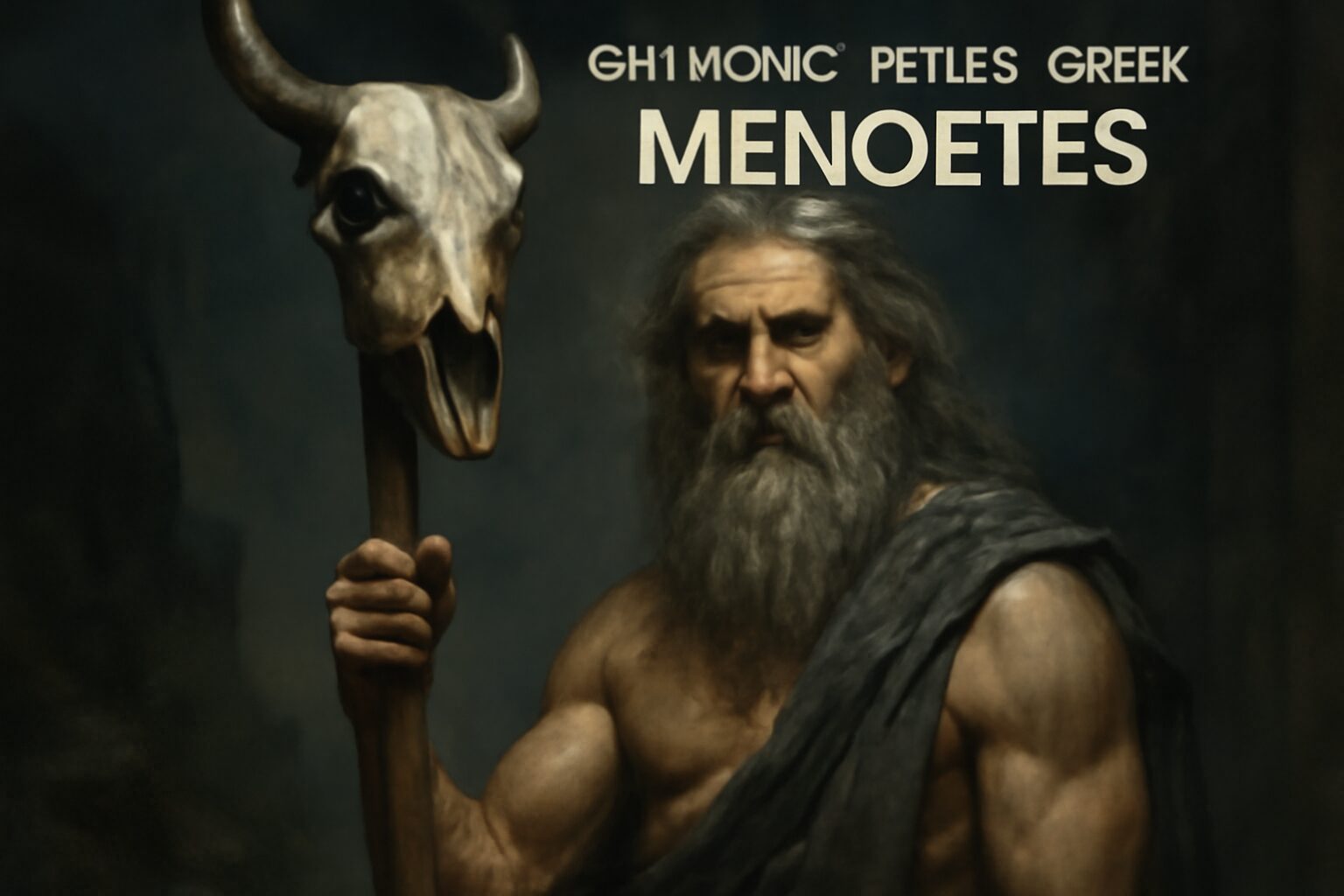Phlegethon: The River of Fire
In Greek mythology, the Phlegethon is one of the five rivers of the Underworld, a blazing torrent of fire that winds through the realm of Hades. Its name translates to "flaming" or "burning," a fitting description for its fiery waters. Unlike the other rivers of the Underworld—Styx, Acheron, Lethe, and Cocytus—the Phlegethon is unique for its destructive, purifying flames.
Role in the Underworld
The Phlegethon served as both a boundary and a punishment in the afterlife. According to some myths, it encircled Tartarus, the deepest abyss of the Underworld, where the most wicked souls were tormented. The river's flames were said to burn without consuming, eternally scorching those condemned to its banks. In Virgil's Aeneid, the Phlegethon is described as a roaring, molten river, its currents filled with screams of the damned.
Mythological Significance
The river appears in several key myths. In Plato's Phaedo, Socrates describes the Phlegethon as a place where violent souls are purified by fire before reincarnation. Later traditions, particularly in Dante's Inferno, adapted the Phlegethon into a boiling river of blood, punishing murderers and tyrants. This evolution highlights the river's enduring association with divine retribution.
Relationships with Other Deities
The Phlegethon, like all Underworld rivers, was considered a primordial force, often personified as a minor deity. It was closely linked to Hades, god of the dead, and his queen, Persephone. Some myths suggest the river was born from the tears of the Titan Helios, mourning his fallen son Phaethon, who crashed into the earth in a chariot of fire—an event that may have inspired the river's creation.
Symbolism and Legacy
The Phlegethon symbolizes purification through suffering, a theme common in Greek eschatology. Its flames represent both destruction and renewal, reflecting the ancient belief in cyclical justice. Today, the river's imagery persists in literature and art, a testament to its powerful role in shaping visions of the afterlife.
Alternative Names for Phlegethon
God Name: Phlegethon (Roman)
In Roman mythology, Phlegethon retains its Greek name, often referred to as the river of fire in the underworld, associated with punishment and purification.
God Name: Pyriphlegethon (Greek)
An alternative Greek name meaning 'flaming with fire,' emphasizing the river's fiery nature in the underworld, as described in Plato's 'Phaedo.'
God Name: Acheron (Greek)
Sometimes conflated with Phlegethon in Greek mythology, Acheron is another river of the underworld, though traditionally associated with sorrow rather than fire. The confusion arises in later interpretations.
Tales about Phlegethon
The River of Fire and the Guardian of the Underworld
In the shadowy depths of the Underworld, the Phlegethon flowed as a searing river of fire, its crimson waves lapping against banks of scorched earth. It was here that Cerberus, the three-headed hound, often came to drink, his fearsome form reflected in the molten currents. The river’s flames did not harm him; instead, they seemed to invigorate the beast, his eyes glowing with an infernal light as he guarded the gates of Hades. One tale tells of a daring soul who attempted to bypass Cerberus by swimming across the Phlegethon, only to find the river’s fire clung to them like a curse, their screams echoing through the caverns until Cerberus himself fished them out, returning them to their eternal torment. The Phlegethon and Cerberus were bound in purpose: one a barrier of purifying flame, the other its unwavering sentinel.
The Healing Waters and the Flames of Punishment
Amidst the gloom of the afterlife, the Phlegethon was not merely an instrument of punishment but also a paradoxical source of purification. It was said that Asclepius, the god of healing, once descended into the Underworld to study the river’s properties. He observed how its flames could cauterize spiritual wounds, and in some myths, he petitioned Hades to allow the river’s fires to be used in rare acts of cleansing for souls burdened by guilt. Though Asclepius was primarily associated with life and renewal, his curiosity led him to appreciate the Phlegethon’s role in the balance of justice and mercy. The river’s blaze, under his scrutiny, revealed a dual nature: destructive to the wicked, yet oddly restorative to those seeking absolution.
Frequently Asked Questions
What is Phlegethon in Greek mythology?
Phlegethon is one of the five rivers of the Underworld in Greek mythology. Its name means 'flaming' or 'burning,' and it was said to be a river of fire that flowed with boiling water or blood, punishing the wicked in the afterlife.
Who are the Chthonic Deities in Greek mythology?
Chthonic Deities are gods and spirits associated with the Underworld, earth, and the afterlife in Greek mythology. Key figures include Hades (god of the Underworld), Persephone (queen of the Underworld), Hecate (goddess of magic and crossroads), and Thanatos (god of death).
Why is Phlegethon important in Greek myths?
Phlegethon symbolizes punishment and purification in the afterlife. It highlights the ancient Greek belief in divine justice, where the wicked faced eternal torment, reinforcing moral lessons for the living.
How do Chthonic Deities differ from Olympian gods?
Chthonic Deities rule the Underworld and the dead, while Olympian gods (like Zeus and Athena) govern the heavens and earthly life. Chthonic gods were often feared and worshipped with darker rituals, unlike the more celebrated Olympians.
Are Chthonic Deities still relevant today?
Yes, Chthonic Deities appear in modern literature, art, and pop culture (e.g., Hades in movies or games). They also inspire discussions about death, morality, and the unknown, reflecting timeless human concerns.















